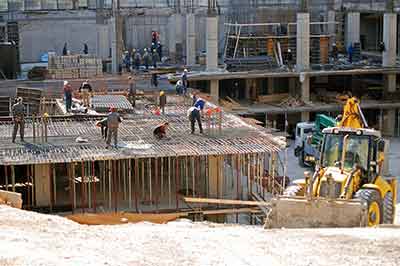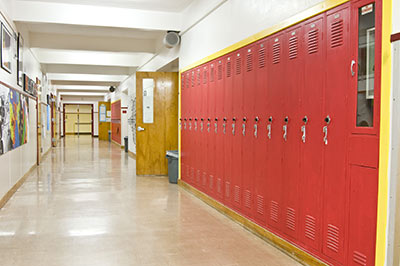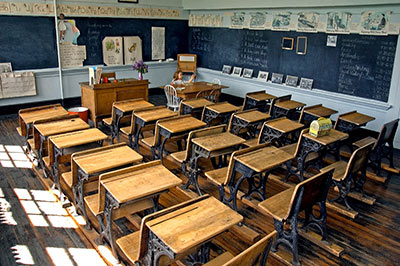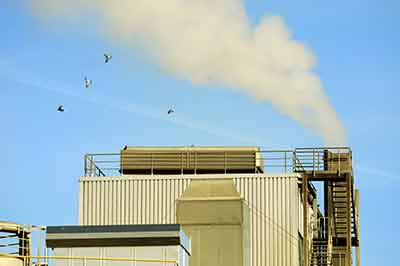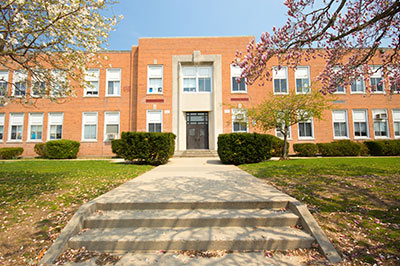An analysis of two Oklahoma schools that were leveled by an EF5 tornado last spring has revealed significant construction errors and code violations.
Category: Recent Additions
Ready for Growth in Wentzville, Mo.
The Wentzville R-IV School District hosts just 283 freshmen in the newest high school this year, but it will be filled with students in the near future, as the fastest-growing district in Missouri continues to see booming enrollment. Liberty High School is the third high school in the district, which has been adding 500 students annually. The school ultimately will host up to 1,200 students.
Solar canopy could save district $2 million
A Massachusetts school district expects to save about $2 million over two decades with a solar canopy, with about $100,000 of those energy savings occurring in the first year.
http://asumag.com/blog/solar-canopy-could-save-district-2-million
Decision to Rescind Agreements Leads to Protests
Thousands of charter school advocates in New York rallied in the capital city of Albany last week to protest a decision by New York City Mayor Bill de Blasio to rescind a handful of agreements that allowed charters and other schools to share space, rent-free, with other public schools in his city.
Although the recently inaugurated mayor decided to move forward with a majority of the co-location agreements under his jurisdiction, he denied space to two charter schools set to open next fall and withdrew an agreement with one existing middle school. All three are part of the Success Academy charter school network, a city-based network of 22 schools run by Eva S. Moskowitz, an outspoken critic of Mr. de Blasio.
Locality Requires Facility Upgrades for Private Schools
Following the passage of mandated seismic upgrades for soft-story buildings, San Francisco is focusing on requiring the safety measure for private schools.
HVAC Conditions Create Funding Need
There's a problem with the HVAC system at the Junior and Senior high school in Newmarket, and it's making a high pitched squeal. This wing of the school was built in 1924, and Principal Christopher Andriski says the exposed pipes and vents make this screeching sound all the time. The noise, he says, is the system’s way of alerting the custodian. "He's gotta manually push a button up there," Andriski explains.
http://nhpr.org/post/no-help-state-newmarket-and-other-towns-grapple-going-solo-school-construction
Federal eRate Still Leaves Funding Gap
For schools across the country, mobile device management and online testing concerns start at the basic level: "How do we get the internet and infrastructure needed?" As it turns out, even the eRate stops short, and schools just can't find the funding they need. That’s why many districts are turning to their states and local districts for help.
http://www.eschoolnews.com/2014/02/21/school-internet-funding-512/
Condition of America’s Public School Facilities Released for 2012-13
A study released in March 2014 by the National Center for Education Statistics, Condition of America's Public School Facilities: 2012-13, reveals that the technology infrastructure in more than 20 percent of U.S. public schools was rated as inadequate as of the 2012-13 school year.
Dodge Momentum Index Slips in February
The Dodge Momentum Index slipped 2.6% in February compared to the previous month, according to McGraw Hill Construction, a division of McGraw Hill Financial. The Momentum Index is a monthly measure of the first (or initial) report for nonresidential building projects in planning, which have been shown to lead construction spending for nonresidential buildings by a full year.
http://construction.com/about-us/press/dodge-momentum-index-slipped-in-february.asp
Report On Enabling and Supporting Community Use of K-12 Public School Facilities Released
Joint use of public school facilities is a complex but manageable approach to efficiently enhancing the services and programs available to students and supporting the community use of public schools. Building upon on our 2010 paper titled Joint Use of Public Schools: A Framework for a New Social Contract, this paper identifies the policy framework needed to support sustainable joint use of public schools. Our goal with this paper is to provide local and state leaders with the policy framework needed to enable and support community use. The policy framework addresses the challenges to harnessing the opportunities and benefits of the community use of K–12 public schools. We discuss the policy elements that have been and can be used to incorporate joint use into normal planning and operations of school districts and local and regional public agencies and to do so in a sustainable and fiscally-responsible manner. The framework addresses policy at the state and local levels and acknowledges that joint use requires public and private agencies to work together in new ways. This paper also describes the need for public transparency and understanding of the full cost of ownership of public school facilities as a critical part of policy.
http://www.bestfacilities.org/best-home/docuploads/pub/248_PolicyFrameworkforJointUse2014.pdf

